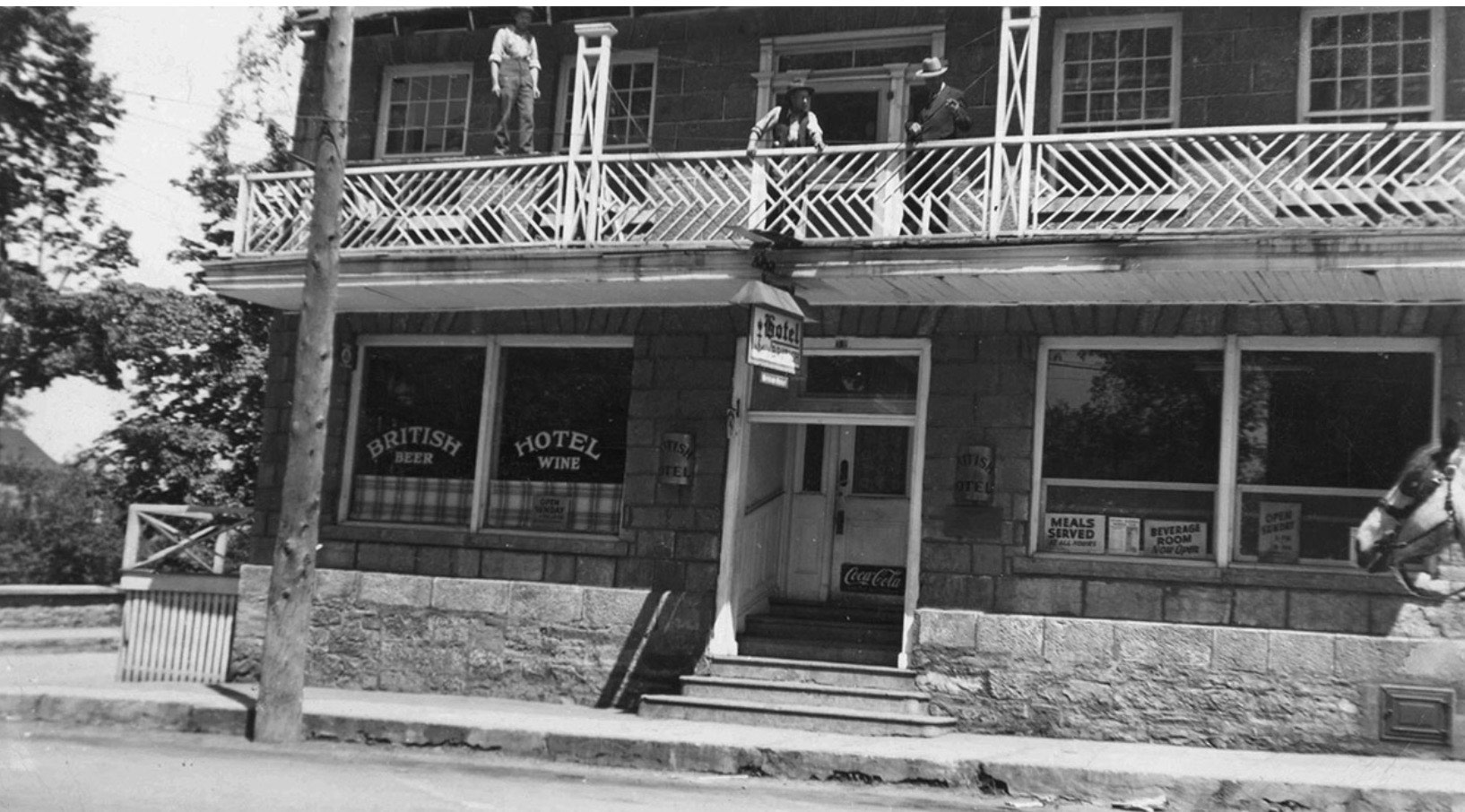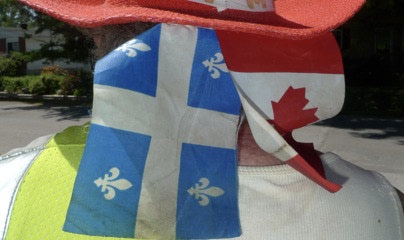John Egan spent 5 years as mayor at the British
John Egan, nicknamed the "King of the Outaouais" or the "Napoleon of the Outaouais," was one of the most prominent and powerful figures in the Outaouais. He arrived from Ireland at the age of 18 and, six years later, in 1836, co-founded the Ottawa Lumber Association at Bytown. The following year, he joined with partners to form the John Egan and Company to export lumber to Europe. He also invested in mills and sawmills, dams and slides, steamboats up the Chaudière Falls, and railway companies. He was also the first president of the Bytown and Aylmer Turnpike Company, which was to be responsible for the tarmacking and maintenance of the Aylmer Road between Bytown and Aylmer for over half a century. In 1854, more than 3,500 men were employed by the John Egan and Co. in a hundred work sites, and its annual turnover exceeded two million dollars. He was certainly the richest man and also the most influential in the region in the mid-19th century.
In September 1847 (a few months before he was elected as a member of Parliament for Ottawa County), he became the first mayor of Aylmer, which had just been incorporated as a municipality. He remained mayor until 1855. Prior to 1852, the meetings of the Aylmer Municipal Council were held at Robert Conroy's inn, the British Hotel. In September, with the construction of the new courthouse finally completed, the meetings were held there for some time, until the construction of the Market House was finished. After July 25, 1855, the council meetings were held at the Market House.
But why hold council meetings for so long in a hotel? Why not, at least, in a more 'neutral' location such as, for example, the Circuit Court, established since 1842 on Court Street? In fact, the building housing this court burned down in 1845 and since then the court had moved from one temporary location to another and the court obviously had to hear prosecution cases first. As for the imposing courthouse that can still be seen on Principale Street and that would serve the new judicial district of Ottawa County, it would not be ready until 1852.
On the other hand, in the early days of municipal democracy in Canada, it was customary to hold public meetings in local hotels, which were large enough to accommodate the public without the need to construct specific buildings for a few rare and relatively brief meetings over the course of a year. The law required 4 meetings per year, and in practice, between 1847 and 1857, there were between 4 and 10 meetings per year, each lasting no more than 2 or 3 hours. In addition, at that time, there were not as many employees and municipal services as there are today in most municipalities. Finally, it must be noted that in the early days of municipal life in Aylmer, most of the elected officials knew each other well and also shared various businesses in the forestry, hotel, mill and general shop sectors. This was the case with the main leaders of the community, namely Charles Symmes, Robert Conroy, John Egan, Harvey Parker, Robert Klock, etc.
Indeed, at that time, as at many other times thereafter, the British Hotel has been at the heart of community and civic life, and indeed the history and heritage of the whole area, for almost two centuries. You can learn more about this recently restored landmark building and its history (as well as that of Aylmer) by reading the book I am preparing, which should be published this autumn.
Richard M. Bégin
Historian






